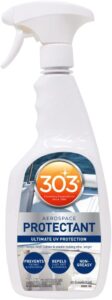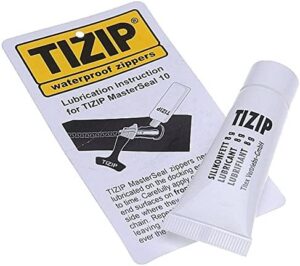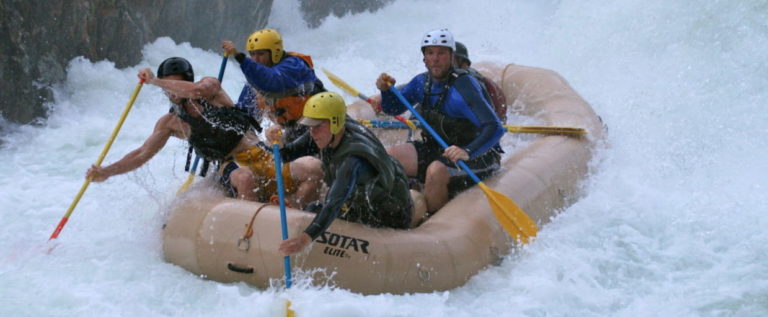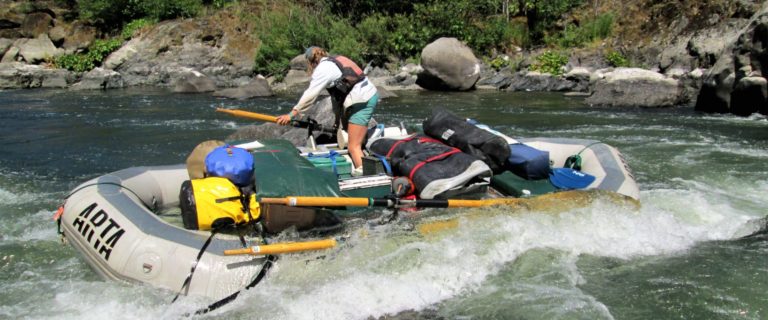Below we’ve compiled a list of tips for maintaining and prolonging the lifespan of your drysuit. Cold weather and cold water boat becomes infinitely more fun when using a drysuit instead of a wetsuit particularly if you find yourself swimming a rapid. However, drysuits can quickly become ineffective if not properly cared for. Learn how to effectively put on and take off your lifejacket with minimal probability of blowing a gasket. Also read about best practices for maintenance of your drysuit.
Take Care of your Booties
Drysuit booties seem to be the most common place to spring pinhole leaks so it’s crucial to take care of them to prevent unnecessary wear and tear.
- Avoid standing up or walking around in just your booties as it can damage them. Only walk around with a protective shoe or bootie over the drysuit socks.
- If wearing shoes, use a protective layer on the outside of the booty, such as a thin neoprene sock or synthetic sock, to minimize wear and maximize protection.
- Rinse out your booties/shoe and socks every night and check for any rocks or pebbles that may have gotten stuck inside. Also rinse off your drysuit socks.
- When wearing shoes, minimize the amount of time you are walking around in your drysuit, especially longer walks that over time will wears holes and create leaks.
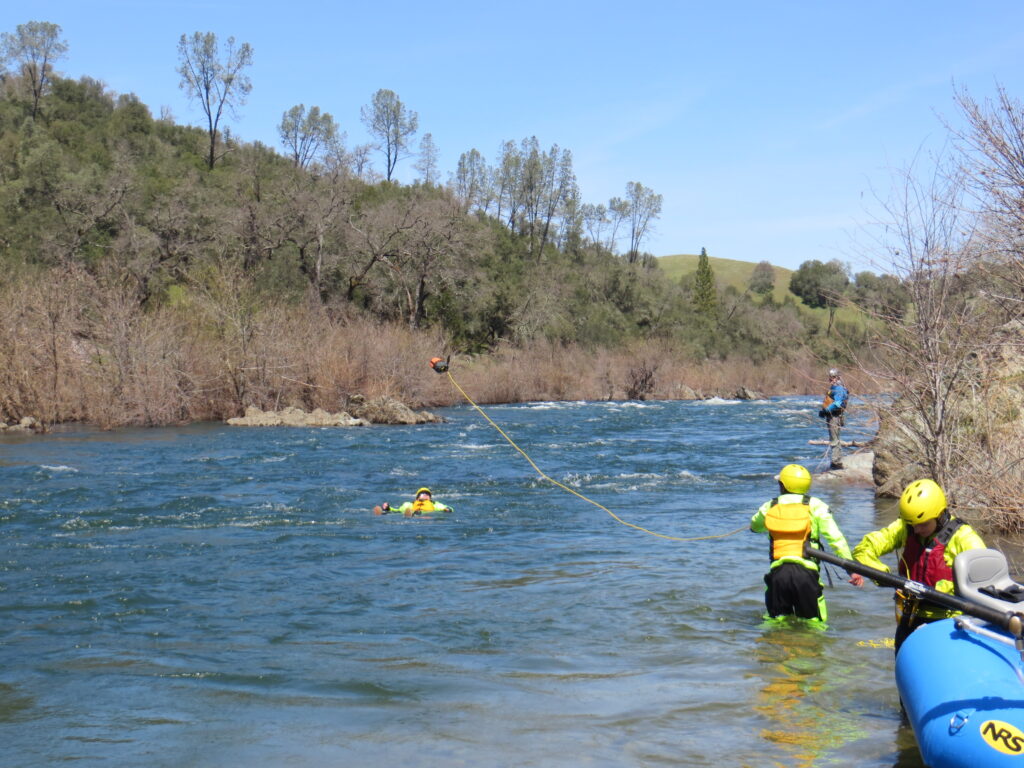
Be Gentle with your Gaskets
A blown gasket greatly reduces the functionality of a drysuit. Here’s how to minimize tearing a gasket and keep them from cracking.
- Putting on and taking off your drysuit can be tricky, especially when dealing with the neck gasket. Use four fingers from each hand to pull the neck gasket on and off over your head. Apply sunscreen after putting on your gaskets and use at least three fingers to help pull the gasket over your wrists.
- Avoid having any metal near your gaskets, as it can cause damage. Similarly, lotions and sunscreen (even reef safe sunscreen) can be tough on gaskets. Use sunpaws and a neck gator to cover up near your gaskets and avoid using sunscreen or lotions in those areas.
- DEET bug spray is known to be particularly harmful to gaskets and can even melt rafts.
- The sun also damages gaskets, so be sure to avoid drying your drysuit in the sun such that the gaskets are exposed to the sun. If possible, purchase a drysuit that has neoprene covers that completely cover the gaskets. Ideally, the neoprene should also minimize water entering your suit if a gasket were to break.
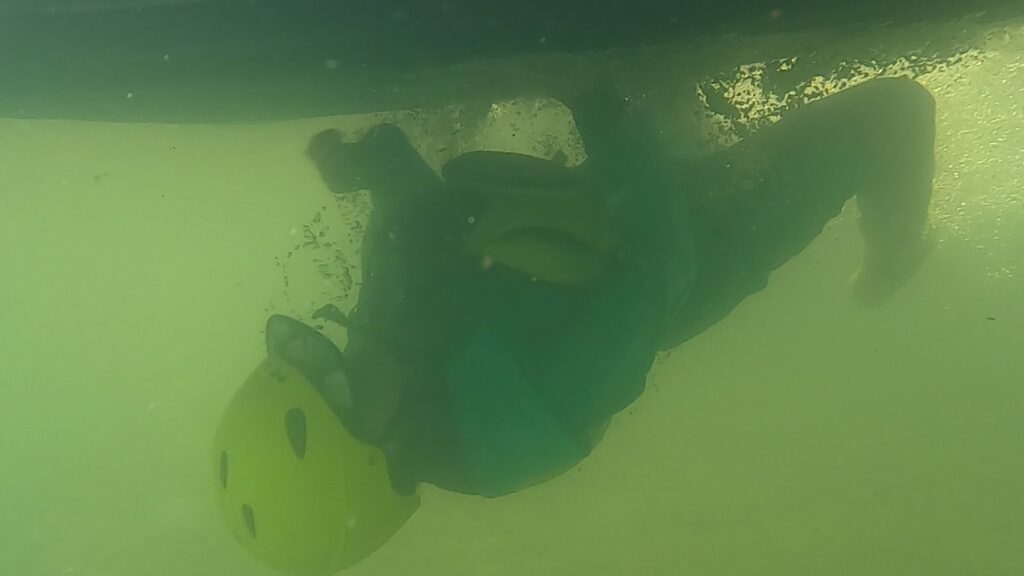
Use 303 Protectant
303 Protectant is a useful product to help extend the life of your gaskets. Here’s how to use it:
- Spray your gaskets after each use and again before storing for long periods of time.
- This product can make it easier to put on and take off your gaskets, and will greatly lengthen the life of the gaskets.
- We used this on much of our gear when working in Chile to minimize UV degradation.
Take Care of your Zippers
The zippers on your drysuit are also essential components that need care. Here’s what you can do:
- For older metal zippers, beeswax can keep them operating properly.
- For the newer plastic zippers use TiZip lubricant.
- Consider not zipping them completely closed for storage to ensure a tight fit at the end of the zipper when in use.
Store your Drysuit Properly
Storing your drysuit properly can also help prolong its lifespan. Here’s what you can do:
- Hang your drysuit on a sturdy hanger to prevent any wrinkles or creases from forming.
- Store your drysuit in a cool, dry place away from direct sunlight.
- Avoid storing a drysuit near electric motors like refrigerators and garage door openers. These motors emit gases that break down gaskets.
- Avoid storing your drysuit in a damp or humid environment as it can damage the fabric.
By following these tips for drysuit care, you can help ensure that your drysuit lasts for as long as possible, and remains effective in protecting you from the cold and wet elements on your boating adventures.
Putting on a Drysuit
- Ideally find a spot where you can sit down or second best stand on something soft that will not put holes in the feet of your drysuit. As you put on each foot of your drysuit immediately put on your over sock and shoe or bootie.
- Continue to put your arms in through each gasket one at a time and then pull your head through the neck gasket.
